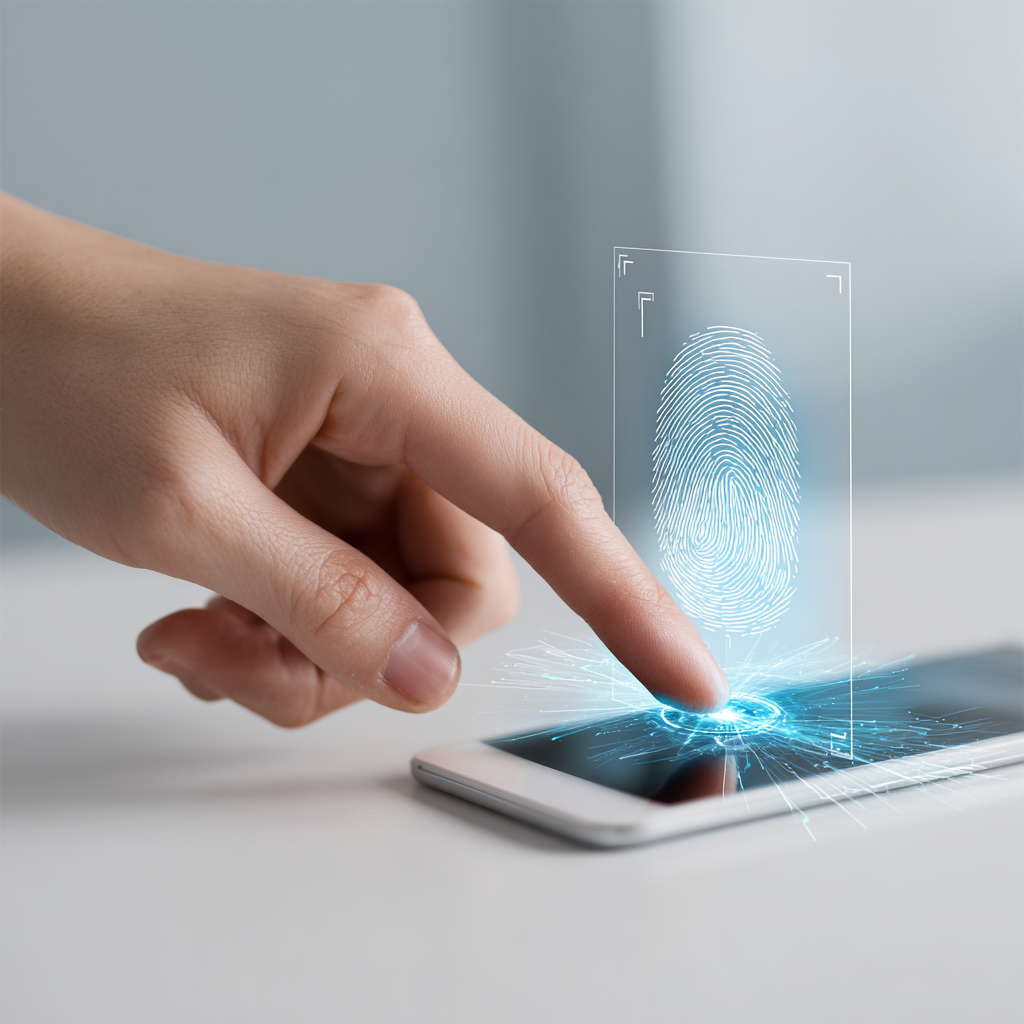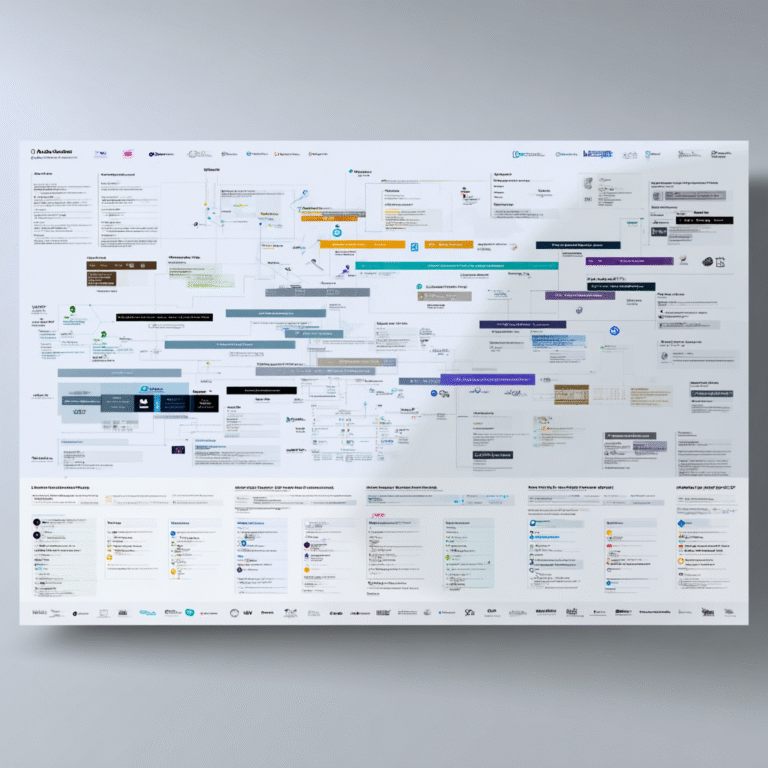MFA is Non-Negotiable: Your 2025 Guide to Multi-Factor Authentication
Let’s try a quick thought experiment. Would you secure your house with just a flimsy, basic doorknob lock? Of course not. You’d have a deadbolt, maybe an alarm system, and you’d definitely lock the windows. Yet, every day, millions of us “secure” our entire digital lives—our bank accounts, our emails, our work—with the digital equivalent of that one flimsy lock: a single password. And as a cybersecurity analyst, I see the results of that every single day. The latest IBM report shows the average data breach now costs a staggering $4.88 million. It’s time we all installed a deadbolt on our digital doors. That deadbolt is Multi-Factor Authentication (MFA).
The Digital Battlefield: Why Your Password Has Already Failed
I hate to be the bearer of bad news, but you should assume your password is out there somewhere. It’s probably on a list being sold on the dark web from some old website breach you’ve long forgotten about. That’s not fearmongering; it’s the reality of the digital world we live in. Attackers aren’t lone geniuses in hoodies guessing passwords anymore. They’re using automated “credential stuffing” attacks that take billions of leaked username/password combos and try them everywhere, all at once.
That last statistic is the one that keeps me up at night. The gap between the known threat and our adoption of the single best defense is massive. Relying on a password alone is like leaving your front door wide open and hoping nobody walks in.
MFA Explained: More Than Just a Second Password
So what is this magic bullet? At its core, MFA is simple. It just means proving who you are in more than one way. To get technical for a second, these “ways” are called authentication factors, and they fall into three buckets:
- Something You Know: Your password, a PIN, the answer to a security question. This is the classic factor.
- Something You Have: A physical thing. This could be your phone getting a code, or even better, a dedicated hardware security key.
- Something You Are: You! Or, more specifically, your unique biology. This is your fingerprint, your face, your voice.
Two-Factor Authentication (2FA) just means using exactly two of these. Multi-Factor Authentication (MFA) is the broader term for using two *or more*. The real magic happens when you combine factors from *different* categories. If a hacker in another country steals your password (something you know), they can’t log in because they don’t have your phone (something you have) or your fingerprint (something you are). Boom. Attack neutralized.

Biometrics have made strong MFA incredibly convenient. A simple touch is all it takes.
Myth-Busting: “But MFA is Such a Hassle!”
Let’s tackle the biggest objection head-on. Yes, in the early days, typing in a 6-digit code from a text message every single time you logged in was annoying. I get it. But that’s not the world we live in anymore. Thinking that all MFA is a pain is like thinking all cars are still Model T’s that you have to crank by hand.
Modern MFA is often *easier* than typing a password.
– Push Notifications: A simple “Yes, that’s me” tap on your watch or phone.
– Biometrics: Using your face or fingerprint, which takes less than a second.
– Passkeys: The new frontier, which replaces the password entirely with your biometrics.
The tiny bit of friction MFA adds is infinitely smaller than the massive, life-altering friction of dealing with a compromised bank account or a stolen identity.
Your Weekend Security Upgrade: A Practical Guide to Implementing MFA
Talking about this stuff is great, but let’s get practical. You can dramatically improve your personal security in a single afternoon. Here’s how.
Step 1: Prioritize Your “Crown Jewels”
Don’t try to boil the ocean. Start with the accounts that would cause the most damage if compromised. This means:
1. Your primary Email Account (it’s the key to resetting all your other passwords!)
2. Your Banking and Financial Accounts
3. Your Password Manager (if you use one, and you should! Check out our password manager guide.)
4. Your main Social Media Accounts
Step 2: Choose Your Weapon (Your MFA Method)
Not all MFA is created equal. Think of it like locks on your door.
-
SMS (Text Message Codes): This is the chain lock on a hotel door. It’s better than nothing, but a determined attacker can get past it using techniques like “SIM swapping.” Use it if it’s the only option, but upgrade when you can.
-
Authenticator Apps: This is your solid, steel deadbolt. Apps like Google Authenticator, Authy, or Microsoft Authenticator generate codes directly on your device, which is much more secure than SMS. This should be your default choice.
-
Hardware Security Keys: This is the bank vault door. A physical key like a YubiKey is the gold standard. It’s virtually immune to phishing attacks because the key has to be physically present. A bit of a digression, but it’s amazing how the peak of digital security comes back to holding a physical object! For your most critical accounts, this is the way to go.
For Businesses: A Quick Note on Rollout
If you’re implementing MFA across an organization, my number one piece of advice is this: don’t just send a memo. You have to sell the “why” before you mandate the “how.” Start with a pilot program for your IT team or executives to work out the kinks. Provide clear guides, offer choices in MFA methods where possible, and celebrate it as a security win for the whole company, not just another IT rule.

Each factor of authentication adds another lock, making it exponentially harder for intruders.
An Author’s Reflection
I spend my days talking about threats, vulnerabilities, and breaches. It can sound pretty bleak. But here’s the truth: for all the complexity of cybersecurity, the power to protect yourself is more in your hands than ever before. For years, we were told to create impossible-to-remember passwords and change them constantly—advice that, frankly, was destined to fail. It worked against human nature.
MFA is different. It’s a system that works *with* our reality. It acknowledges that passwords will leak and that people will make mistakes. It provides a simple, powerful safety net that catches us when we fall. Implementing MFA isn’t just a technical task; it’s a declaration. It’s you deciding to put a deadbolt on your digital door. And in 2025, that’s not just a smart choice—it’s the only choice.
Your MFA Questions, Answered
What’s the real difference between MFA and 2FA?
Think of it like this: 2FA is specific, requiring exactly two factors (like a password + a phone code). MFA is the broader category, meaning two *or more* factors. So, all 2FA is a type of MFA, but not all MFA is 2FA. In practice, the terms are often used interchangeably to mean “more than just a password.”
Is SMS (text message) 2FA good enough?
It’s better than nothing! But it’s the least secure method because skilled hackers can hijack your phone number in an attack called “SIM swapping.” If you have the option, always choose an authenticator app or a hardware key over SMS.
I’ve heard MFA can be hacked. Is that true?
While MFA makes things incredibly difficult for attackers, nothing is 100% “unhackable.” Very sophisticated attacks can try to trick you into approving a login (called “MFA fatigue”) or intercept a login session. However, these attacks are rare and complex compared to simple password theft. Using phishing-resistant methods like hardware keys virtually eliminates these risks.
What are passkeys? Are they the same as MFA?
Passkeys are the next evolution. They are designed to replace passwords altogether. A passkey is inherently multi-factor because it uses a cryptographic key stored on your device (something you have) and requires your biometrics or PIN (something you are/know) to unlock it. They are a fantastic, phishing-resistant form of MFA.
Is my cybersecurity insurance going to require MFA?
Almost certainly, yes. For businesses, most cyber insurance carriers now consider MFA a mandatory prerequisite for getting or renewing a policy. They see the data: not having MFA is an unacceptable risk, and they price their policies accordingly.




Leave a Reply